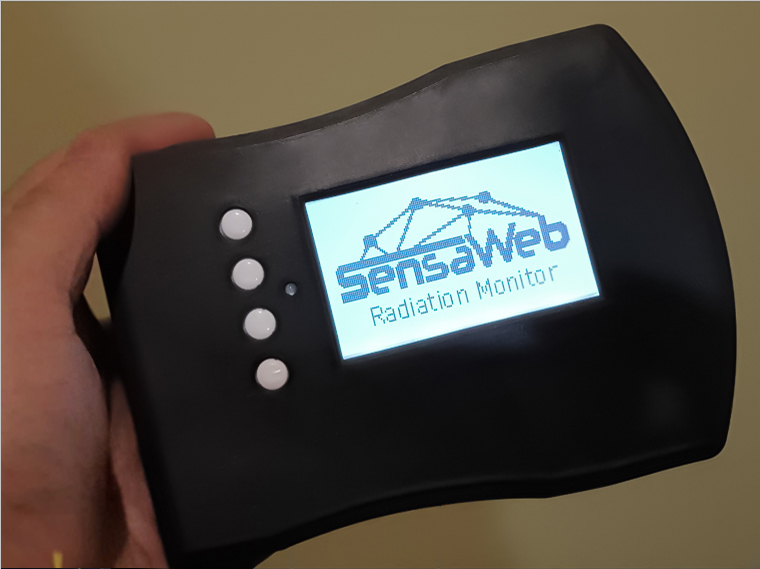With the vast universe, the possibilities in space exploration are endless. Just last July 2022, the first images from NASA’s James Webb Space Telescope (JWST) were published. JWST, launched on December 25, 2021, gave us a glimpse of the universe in superior detail and resolution.

There’s so much more to see and a lot of space missions are expected to happen, including the Artemis program, a return to the Moon plus an attempt of a 30-day crewed mission on Mars. With the cosmic radiation in space, exploration plans need to consider the health risks associated with the astronauts’ exposure. How do space agencies ensure they are protected?
Radiation Exposure of Astronauts in Space
The “average” person on Earth receives no more than 10 mSv radiation per year while a six-month stay on the International Space Station (ISS) exposes an astronaut to 50 to 120 mSv. A basic rule: the higher you go, the more radiation you’re exposed to. So even if the ISS is cruising through low-Earth orbit with the protection of the magnetosphere, the dose still increases.

This means going much farther into space would mean losing this protective shield. And even if comic superheroes get superpowers from overexposure, the real-life effect is unfortunately bad for humans. High levels of radiation can damage cells and increase cancer risk.
Protection from Cosmic Radiation
According to a 2020 study, the radiation exposure on the Moon is 2.6 times higher than on board the ISS. While on Mars, astronauts would be exposed 40 to 50 times the average on Earth.
To prepare for Artemis 2, the return of humans to the Moon, NASA is launching Artemis I, an uncrewed test flight, in August 2022. Inside will be Helga and Zohar, two mannequins that will get radiation data. Helga will fly unprotected while the other mannequin Zohor will wear a radiation protection vest.

The data from the active radiation detectors can then be compared to help NASA and its partners prepare for the potentially harmful effects of deep space missions. This could also mean more opportunities of long-duration missions for women.
Space Lifeguards
At NASA’s Johnson Space Center, scientists or as they call them, “space lifeguards”, are working daily shifts to monitor space radiation and weather conditions on the ISS. If there’s a potential solar activity, they could suggest postponing a space walk or any activity outside the station.
In case of solar flares during the Artemis mission, they might suggest the crew to make use of whatever mass is available and create a temporary shelter. They could make use of stowage bags or pile lunar soil over their shelters.
Real Time Radiation Monitoring
The higher you go, the higher the level of radiation. That’s why pilots, flight attendants and astronauts are considered radiation workers. In fact, a pilot with routine long-haul flights might even be more exposed than a nuclear power plant worker.
SensaWeb’s solution provides information on the incidence and impact of radiation exposure. More data can aid more studies, increasing knowledge and helping organisations make informed decisions for future space missions.

Looking for area radiation monitors or personal radiation monitoring devices? You can count on SensaWeb. With our monitors, you can easily detect and interdict radioactive materials. Connect with us here or at our email address: info@sensaweb.com.au. You can also call us at +61 415 409 467.